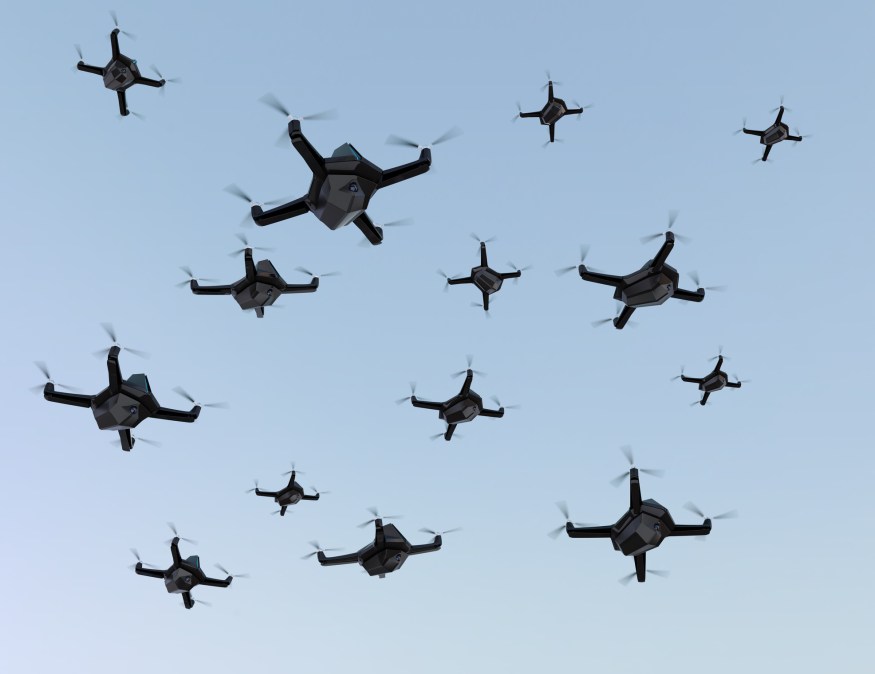Lockheed Martin, Northrop Grumman score awards for Army’s ‘launched effects’ initiative

The Army has awarded Lockheed Martin and Northrop Grumman agreements to work on a project designed to deploy sensors and jammers from the air, according to a Wednesday announcement.
The other transaction agreements are for phase 1 of what the Army calls its Launched Effects program, which envisions small drones or payloads released by larger aircraft, either manned or unmanned. These smaller systems could include a variety of payloads and have the ability to loiter over a target, being either recoverable or expendable.
This first of multiple phases, worth around $100,000 for each vender payload, will develop a statement of work for the effort for the next two phases and mature existing payloads from technology readiness level 6 to 7, and then integrate them within the infrared and electronic warfare realms.
The Army said the overall value for the program OTA is expected to be around $37 million across the three phases.
“Phase 2 will mature the TRL 6 payloads and integrate them into a captive carry test event, leading to Phase 3, which will be a final integration and flight test in a chosen uncrewed aerial vehicle,” said Dennis Teefy, project director for sensors-aerial intelligence in the program executive office for intelligence, electronic warfare and sensors.
Northrop Grumman was awarded for two payloads and Lockheed was awarded for one.
Lockheed is currently the prime contractor on a variety of Army electronic warfare programs of record. They include the Multifunction Electronic Warfare Air Large — pod-mounted to an MQ-1C Gray Eagle drone as the first brigade-organic airborne electronic attack asset that can also provide limited cyberattack capability; the Terrestrial Layer System-Brigade Combat Team, which is the Army’s first integrated electronic warfare, signals intelligence and cyber platform that includes a dismounted solution provided by CACI subsidiary Mastodon Design LLC, as well as Stryker variant and eventually an Army Multi-Purpose Vehicle variant; and the Terrestrial Layer System Echelons Above Brigade, which is designed for primarily divisions and corps that will need to monitor and sense the battlefield across greater distances.
The Army has described a need for such launched effects in the electronic warfare realm as a means of extending the range of jamming and sensing capabilities while also distributing such effects from manned platforms.
By gaining a higher altitude than ground platforms, these sensors can conduct operations across longer ranges. When it comes to distributing effects, the Army has discussed the notion of “disaggregating” its jamming or electronic attack capabilities as a means of protecting other platforms.
Once a jamming capability is turned on, it becomes a target for the enemy as it can be sensed within the electromagnetic spectrum and geolocated. The Army wants to prevent expensive ground platforms, such as the Terrestrial Layer System, from being destroyed while also protecting the soldiers inside.
The Launched Effects effort spans multiple program executive offices that will support several Army aviation needs. It is still being fully defined by PEO Aviation with the first iteration aimed at supporting user evaluations prior to fielding with the Army Future Attack Reconnaissance Aircraft (the successor to the OH-58 Kiowa) and the Future Long-Range Assault Aircraft (the successor to the UH-60 Blackhawk), the Army said.
PEO IEW&S is the primary organization handling the sensing and non-lethal Launched Effects payloads.
The Army has also said it is looking at prototyping for Ground Launched Effects, however, that effort isn’t mature yet.






